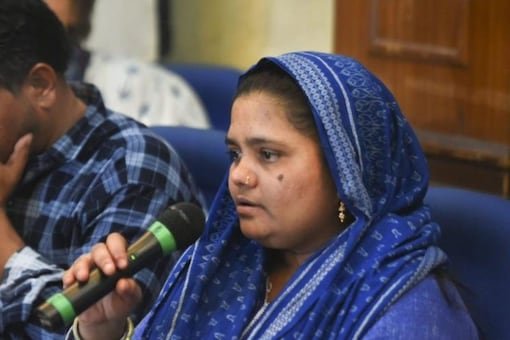NEW DELHI, Sept 6: The Centre has urged the Supreme Court to direct 13 Himalayan states of the
country to assess their ‘carrying capacity’ and proposed setting up of an expert panel to evaluate the
action plans submitted by each of them.
Carrying capacity is the maximum population size that an ecosystem can sustain without getting
degraded.
The Ministry of Environment, Forests and Climate Change filed the affidavit in a PIL by Ashok Kumar
Raghav after the top court had on August 21 asked the Centre and the petitioner to discuss and
suggest a way forward to enable the court to pass directions on the carrying capacity of Himalayan
states and towns.
Raghav’s plea sought an assessment of the carrying capacity and master plans for the Indian
Himalayan Region spanning 13 states and union territories.
The ministry told the apex court that it has in the past circulated guidelines for assessing carrying
capacity of hill stations including cities and eco-sensitive zones to all 13 Himalayan states by its letter
of January 30, 2020 and has also sent reminder letter on May 19, 2023 to request the states that if
such study has not been undertaken then they may submit the action plan, for the purpose.
“In the light of the above-stated steps taken by the respondent ministry, where comprehensive
exercise has been undertaken by experts in the field, it will be imperative that factual aspects of
each hill-station are specifically identified and collected with the help of the local authorities cutting
across multiple disciplines,” the ministry said.
The Centre’s affidavit holds importance in view of wide-scale damage caused by monsoon last
month in Himachal Pradesh and Uttarakhand.
The ministry said that for achieving the final goal of assessing accurate carrying capacity of each hill
station, some steps ought to be taken.
“Direct all 13 Himalayan states to submit an action taken report and an action plan, in a time-bound
manner, for taking steps to carry out the carrying capacity assessment as per guidelines prepared by
GB Pant National Institute of Himalayan Environment,” the Centre said.
It also sought direction to all these states and Union territories for constitution of a committee, in a
time-bound manner, headed by the chief secretary of the respective state, for carrying out a multi-
disciplinary study as per guidelines prepared by GB Pant National Institute of Himalayan
Environment.
The government said the institute situated in Almora of Uttarakhand is involved in conducting a
specific carrying capacity study for Mussoorie in the state and for Manali and Mcleodganj in
Himachal Pradesh in matters pending before the National Green Tribunal.
“GB Pant National Institute of Himalayan Environment which is an institute of the Ministry of
Environment, Forest and Climate Change has also prepared the Guidelines for carrying capacity of
Hill Stations including cities and Eco-Sensitive Zones…,” it said.
The government said, therefore, considering the experience of the institute in preparing the
guidelines for carrying out carrying capacity studies, it is suggested that the carrying capacity studies
thus prepared by the 13 Himalayan states may be examined /evaluated by a technical committee
headed by the director of GB Pant National Institute of Himalayan Environment.
“Direct the Committee so constituted to submit its report with complete suggestions to the
respective states for execution and implementation in a time bound manner, which should be
periodically reviewed,” the Centre sought direction from the court.
On August 21, the top court had mooted constituting an expert panel for conducting a “complete
and comprehensive” study on the carrying capacity of the Himalayan region in the country, where
unplanned development has caused devastation in recent times, terming it a “very important issue”.
The plea of Raghav said, “Due to non-existent carrying/bearing capacity studies, grave geological
hazards in the form of landslides, land subsidence, land cracking and sinking issues such as that in
Joshimath are being witnessed and serious ecological and environmental depredation are taking
place in the hills.”
“Almost all hill stations, pilgrimage places and other tourism destinations spread over the
Dhauladhar Circuit, Satluj Circuit, Beas Circuit and Tribal Circuit in Himachal Pradesh also remain
hugely burdened and are almost on the brink of collapse with no carrying capacities assessed for any
of the places in the state,” it said. (PTI)







